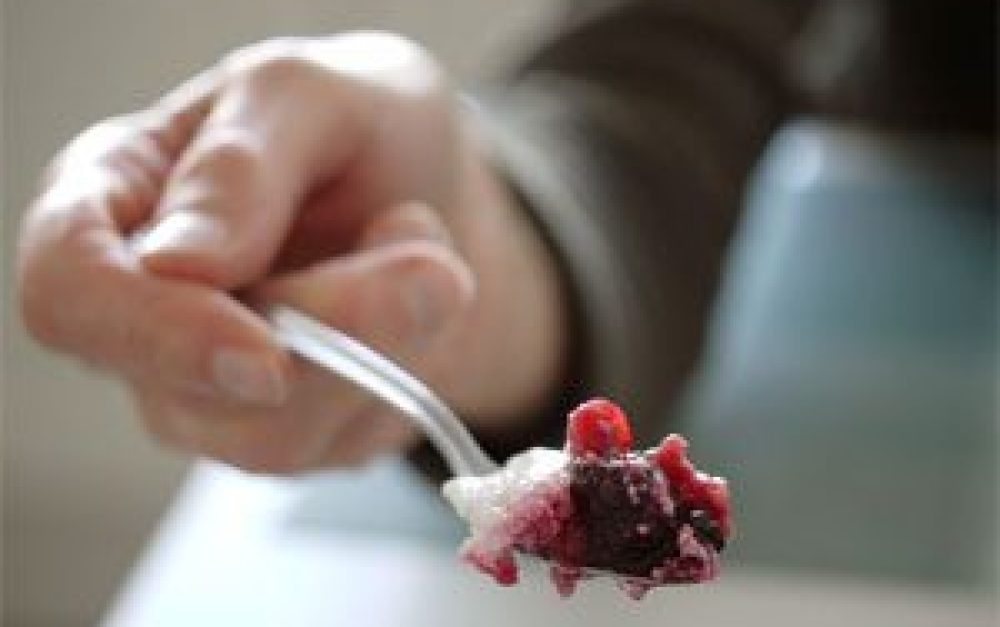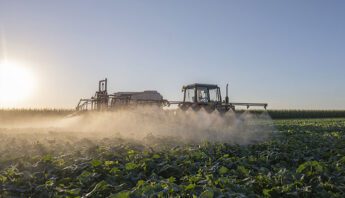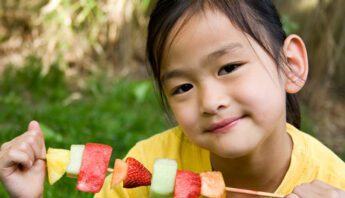When my daughter was in kindergarten, she would inspect her friends' strawberries at lunchtime. “No no, you don’t want to eat that,” she would solemnly inform them. “It’s not organic. It might have yucky chemicals on it.”
Yucky chemicals indeed. Studies continue to pile up showing how pesticides on food can be harmful, especially to children's health. As we head into the home stretch of the holiday feast season, I've been thinking hard about the powerful ripple effects of our food choices. Turns out, what we eat matters. A lot.
It's not just the health of my two kids that's at stake. Also on the line is the health of their future children, the well being of farmers, farmworkers and their families, and the air rural school children breathe. My food choices are even linked to survival of honeybees across the country.
Responsibility — and power
Hard not to feel a bit overwhelmed. But then I remember that these high stakes also give me real power to make a difference.
We all know we can't shop our way out of the problems built into our current food system. The giant companies now controlling the whole shebang will fight tooth and nail to keep policies in place that keep them on top — and we need to fight back. Yet our food dollars can send powerful messages to the marketplace: We want local food. Produced without harmful pesticides. Now.
There are some excellent tools out there to help us send that message. One is our very own WhatsOnMyFood.org online database and iPhone app. We call it a “decoder ring” for the pesticides on your food, combining government data on residues and associated health risks to make it easy to see which of our favorites foods should always be organic.
We want local food. Produced without harmful chemicals. Now.
Take, for example, my daughter's now-favorite veggie, spinach: USDA found residues of 48 pesticides on their official samples. Of these, 25 are suspected to interfere with human hormones, eight are linked to cancer, eight are neurotoxins and 23 are toxic to honeybees. Yucky. Knowing all this makes the organic spinach from our local farm taste especially good.
Another interesting tool to check out is the Organic Center's recently released Dietary Risk Index. The Index lists "relatively high-risk and typically low-risk" foods, based on pesticide use levels and toxicity data. It's worth a look.
Progress across the pond
Food conscious consumers in Europe have been voting for safer produce with both dollars and ballots for some time. Last month, the EU's food safety agency reported that the region's new, tighter pesticide rules are responsible for recent dramatic drops in the levels of pesticides on food.
European authorities are also taking steps to protect consumers from pesticide residues in farmed fish. It seems the rapid expansion of fish farming has brought in new types of feed, such as rape seed, soy and corn. When these grains are treated with pesticides, some build up in the fish and end up on our plates. New EU rules will take effect soon requiring pesticide makers to prove that their products won't end up in the edible parts of fish. What a good idea.
The ripple starts here
Good food is such an central part of holiday traditions and celebrations. For us, it's Swedish meatballs, boiled potatoes, lingonberries, rice pudding and more.
As our family gathers for the feast, we'll pause to think of all the hands that have touched our food along the way, and how our choices have in turn touched their lives.
Those ripple effects can start very small. My daughter's kindergarten buddies? A few went home to tell their moms they needed to find the strawberries without yucky chemicals, right away. Some of those moms did exactly that. And today, many years later, they still do.








